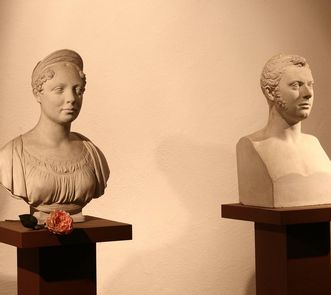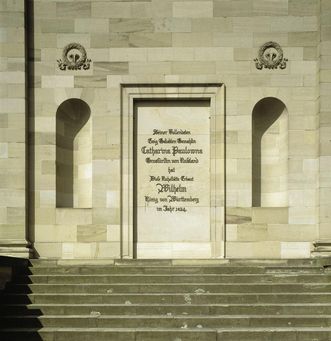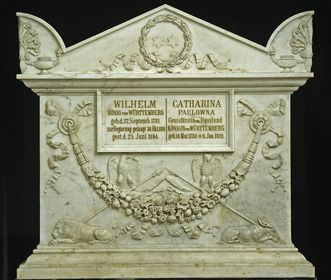WHO WAS KATHARINA'S FAMILY?
Katharina Pawlowna was the daughter of Russian Czar Paul I and Maria Feodorowna, daughter of Duke Friedrich Eugen von Württemberg. In 1816, in her second marriage, Katharina married her cousin, Crown Prince Wilhelm von Württemberg. She brought her two sons from her previous marriage to Duke Georg von Oldenburg, Alexander and Peter, with her. It was Wilhelm's second marriage, too. During their three-year marriage they produced two children, daughters Marie and Sophie.






